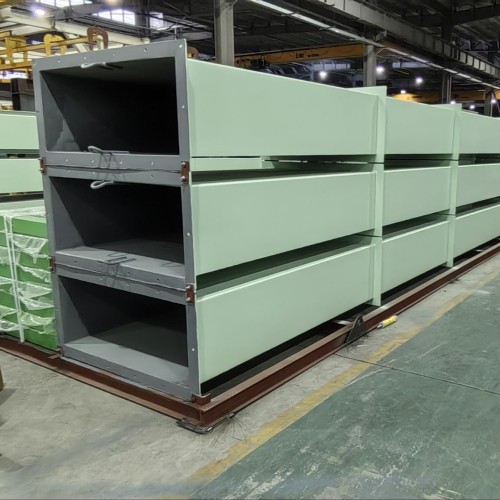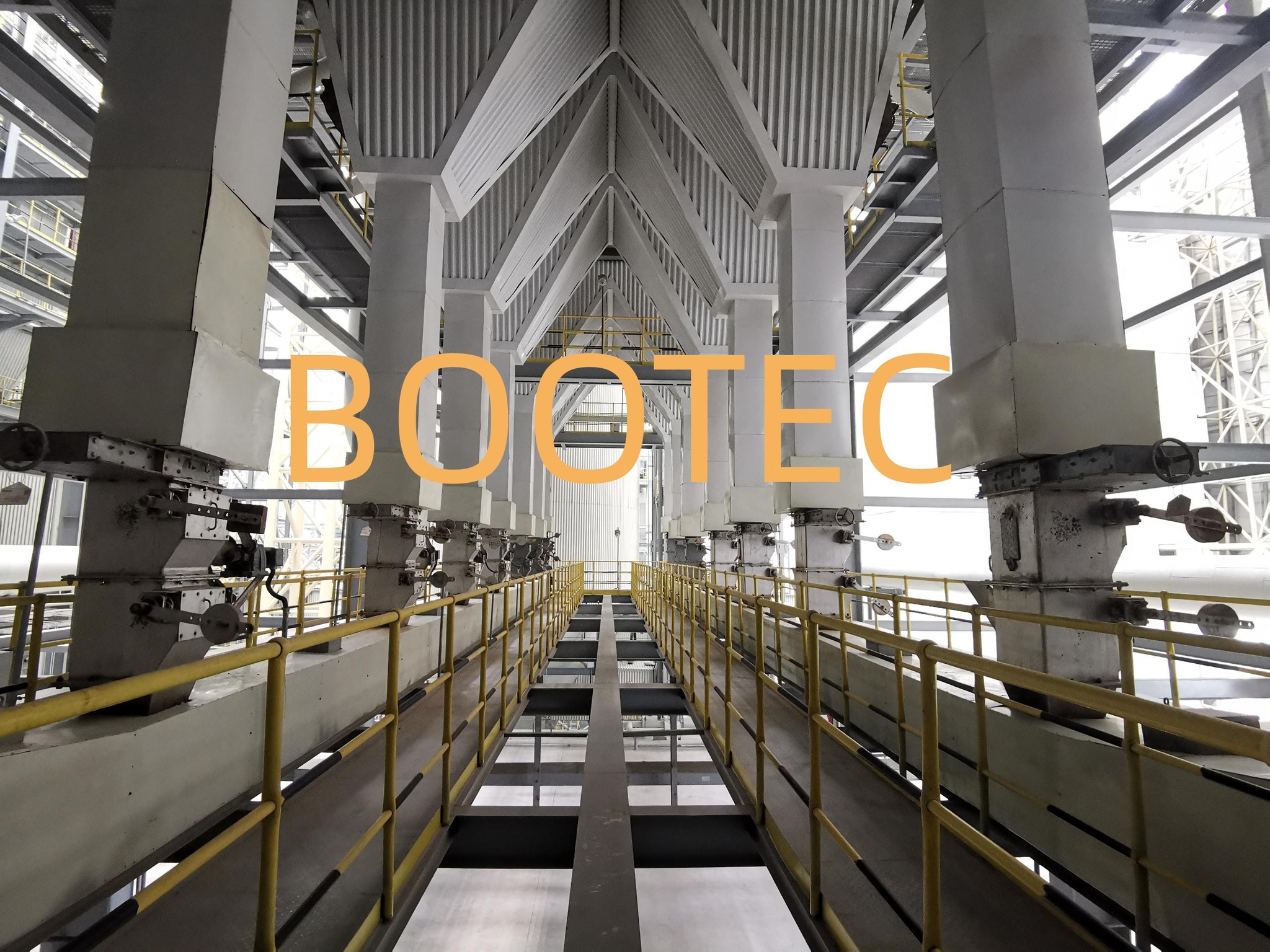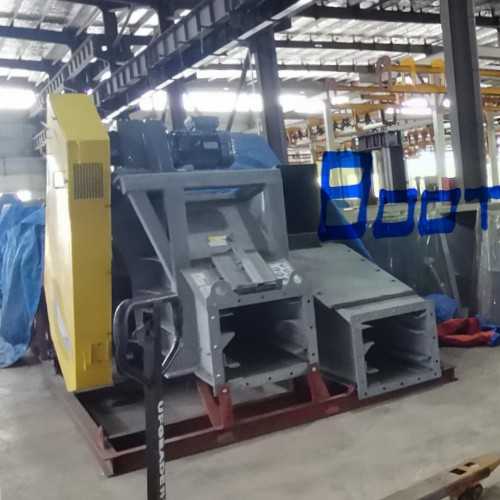
Ash Handling Systems for Biomass to Energy Boilers
Ash Handling Systems for Biomass-to-Energy Boilers
Biomass-to-energy boilers generate significant quantities of ash during the combustion of renewable fuels such as wood chips, sawdust, agricultural residues, and pellets. Efficient ash handling systems are critical to ensuring the smooth operation, environmental compliance, and safety of these facilities. These systems are tailored to manage both bottom ash and fly ash generated during the biomass combustion process.
Types of Ash in Biomass-to-Energy Boilers
- Bottom Ash
- Coarser material that collects at the bottom of the furnace or boiler.
- Typically includes unburned particles and heavier residues.
- Fly Ash
- Fine particles that are carried by flue gases and captured in pollution control devices such as cyclones, baghouses, or electrostatic precipitators (ESPs).
Ash Handling System Components for Biomass Boilers
1. Bottom Ash Handling Systems
Bottom ash handling systems for biomass boilers are designed to remove the coarse ash that accumulates at the furnace bottom efficiently.
- Submerged Scraper Conveyor (SSC):
- Ideal for handling wet or quenched bottom ash.
- Consists of a water-filled trough with a chain-driven scraper system to cool, collect, and transport ash to a storage or disposal point.
- Benefits:
- Quenches hot ash immediately, preventing dust and ensuring safe handling.
- Compact design fits into limited space below the boiler.
- Dry Ash Handling System:
- Suitable for facilities focused on minimizing water use.
- Uses conveyors, such as drag chains or screw conveyors, to transport ash without the need for quenching.
- Advantages:
- Eliminates water use and reduces environmental concerns associated with ash slurry disposal.
- Ensures low maintenance and extended equipment life.
2. Fly Ash Handling Systems
Fly ash handling systems for biomass boilers manage the fine ash particles collected in flue gas filtration equipment.
- Pneumatic Conveying Systems:
- Most commonly used for fly ash transport.
- Uses air pressure or vacuum systems to move ash through pipelines to storage silos.
- Can operate in dilute phase or dense phase, depending on the plant’s requirements.
- Screw Conveyors:
- Transport fly ash over short distances, such as from collection hoppers to storage silos.
- Designed with abrasion-resistant materials to handle fine, abrasive ash.
- Vacuum Systems:
- Suction-based systems that efficiently collect ash from multiple collection points.
- Flexible and capable of covering long distances with minimal dust leakage.
3. Intermediate Storage and Disposal Systems
- Ash Silos:
- Used for intermediate storage of both fly ash and bottom ash.
- Equipped with loading systems for disposal trucks or bulk transport to ash processing facilities.
- Ash Reuse and Processing:
- Biomass ash, especially fly ash, can be processed for reuse in applications such as fertilizers, soil conditioners, or construction materials like bricks and concrete additives.
Key Features of Ash Handling Systems for Biomass Boilers
- Dust-Free Operation:
- Enclosed systems minimize ash spillage and dust emissions, ensuring compliance with environmental standards.
- High Efficiency:
- Continuous operation for seamless removal and transport of ash, preventing build-up and disruptions to boiler operation.
- Corrosion and Abrasion Resistance:
- Components designed with wear-resistant materials to handle abrasive ash and withstand high temperatures.
- Energy Efficiency:
- Systems like dense phase pneumatic conveyors and dry ash systems reduce energy consumption, saving operational costs.
- Customization:
- Systems can be tailored to fit unique boiler configurations, plant layouts, and ash production volumes.
- Environmentally Friendly Designs:
- Wet systems recycle cooling water to reduce wastage.
- Dry systems eliminate water use altogether, addressing concerns about water conservation.
Advantages of Ash Handling Systems in Biomass-to-Energy Boilers
- Improved Plant Efficiency:
- Automating ash handling reduces manual labor, downtime, and operational disruptions.
- Compliance with Regulations:
- Enclosed systems and dust control measures ensure compliance with air quality and waste disposal regulations.
- Support for Ash Recycling:
- Promotes sustainable practices by enabling ash reuse in fertilizers, construction, and other industries.
- Scalability:
- Systems can be designed to handle varying ash volumes, accommodating different boiler sizes and biomass feedstocks.
- Longevity:
- Durable designs withstand harsh operating conditions, reducing maintenance and replacement costs.
Applications of Ash Handling Systems in Biomass-to-Energy Plants
- Power Plants:
- Efficiently handle large ash volumes from utility-scale biomass boilers.
- Industrial Boilers:
- Manage ash generated in industries such as pulp and paper, sugar mills, and food processing.
- Combined Heat and Power (CHP) Plants:
- Transport ash produced during simultaneous electricity and heat generation.
- Waste-to-Energy Facilities:
- Handle ash generated from burning biomass waste or co-firing with municipal solid waste.
Conclusion
Ash handling systems are essential for ensuring the efficiency, safety, and environmental compliance of biomass-to-energy boilers. Whether managing coarse bottom ash or fine fly ash, these systems provide reliable and cost-effective solutions tailored to the unique challenges of biomass combustion.
Would you like assistance in designing or selecting an ash handling system for your biomass-to-energy facility?






